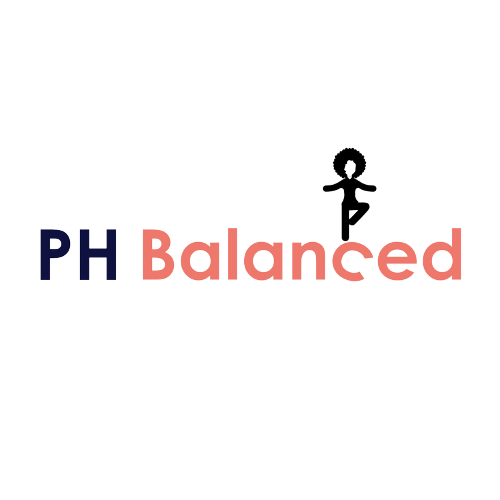
What is ISO-30415? How is ISO-30415 different from other D&I frameworks?
The Equality Act of 2010 no longer meets all of the EDI requirements. Micro-actions in the office that go unnoticed can tell us about workplace inclusion, respect, and fairness. Individual employees and the company may suffer as a result of these activities, which are often taken without conscious consideration of the consequences.
A new standard, ISO 30415, aims to broaden the scope of diversity and inclusion by focusing on important issues to some but not to others. The framework can be customized to meet your individual needs to effect positive change.
Obtaining and implementing the ISO 30415 Standard Handbook is the first step in obtaining certification. Once your D&I framework is in place, you must provide documentation and commentary to demonstrate your compliance. An assessor will then review this to see if you comply with the standard. Afterward, an on-site assessment is carried out to establish whether or not you fulfill the requirements of ISO 30415.
Well-intentioned groups have committed to do more to further the cause in eloquently designed commitment statements. It has been difficult to overcome the adaptive obstacles that have hindered progress toward creating more diverse, egalitarian, and just organizations. Despite claiming to be committed, these organizations and their leaders lacked the resources, expertise, and motivation necessary to effect long-term change. To avoid appearing foolish or uninformed, many leaders avoid entering into the uncomfortable difference zone. For leaders, I have one piece of advice: learn to enjoy the discomfort of being uncomfortable.
There are too many meaningless slogans about diversity, equity, justice, and belonging. Many leaders’ intentions are admirable, but their actions have had and continue to have a minor impact.
To be long-term sustainable, employees at all levels must adjust their behavior, processes and rules, and attitudes for DEI workplace practices and workforce behavior. Effective government is the first step. What exactly does the board of directors look into when it comes to diversity and inclusion? Is there a way to hold senior executives accountable? In the wake of a thorough examination of the current situation, what are the plans? A more inclusive and diverse workplace is expected to produce what results? Is there a specific plan in place to deal with the problems? ( pillars, actions, measures, outputs, and accountabilities for results). What are leaders hoping for, and how are they measuring progress and results? – They are setting themselves up for a brutal interrogation by “awake” and skilled stakeholders if they don’t address the evident lack of diversity on their leadership team. It challenges their leadership, devotion, and courage to the core.
Diversity, equity, and justice can only be achieved through a carefully planned and supported systemic change effort without a clear grasp of the commitment and desired goals. Deploying an enterprise-wide change framework begins with setting expectations aligned with the desired outcomes of the business and its strategic priorities. It means that top management must grasp the importance of this effort and how they may improve their leadership style. Those in leadership positions are expected to act as change agents and serve as positive examples for the rest of their teams.
An ever-expanding number of stakeholders are helping to set expectations for how things should be done within and beyond the company. Societal factors are always putting pressure on leaders to be more compassionate and self-aware. As a leader, you are expected to go above mere showmanship and effect real change at the individual, team, systemic and structural levels, and societal ones. Stakeholders want to see evidence that you are serious. Words fall woefully short!
Get your ISO-30415:2021 Human Resources Management – Diversity & Inclusion Guide & Checklist








